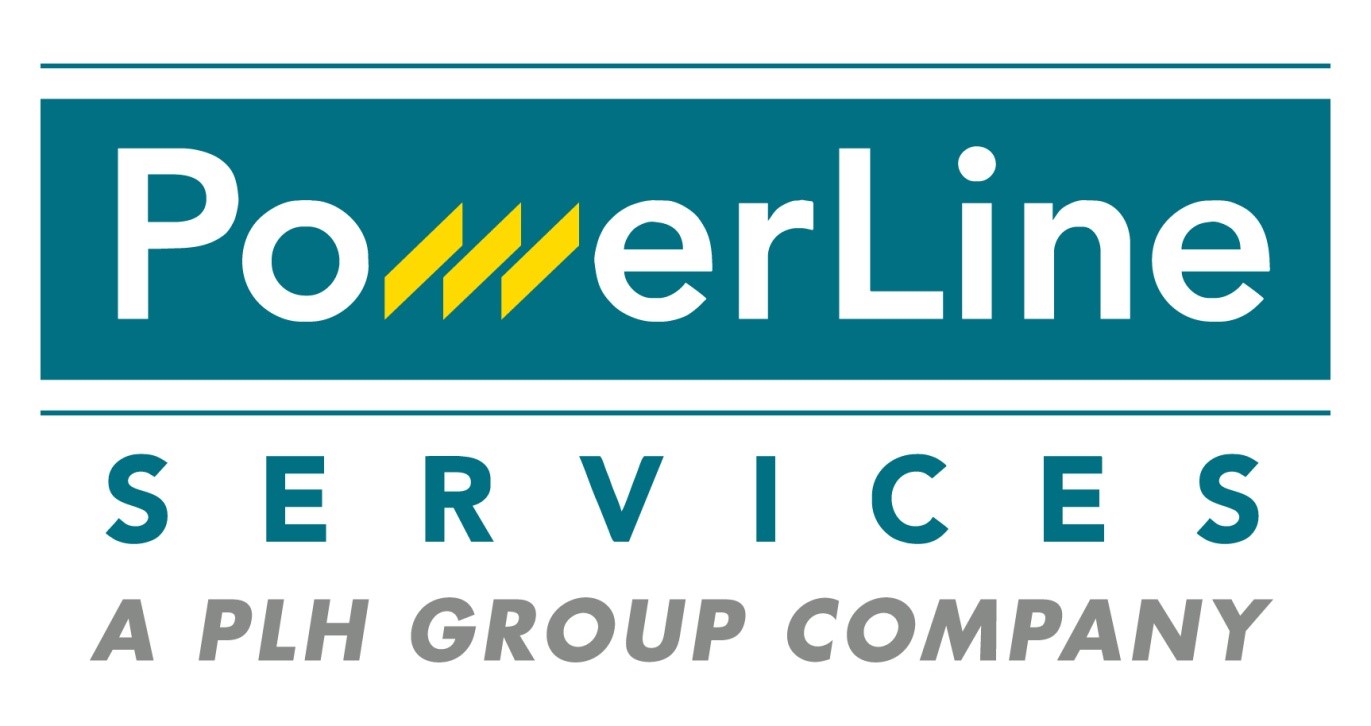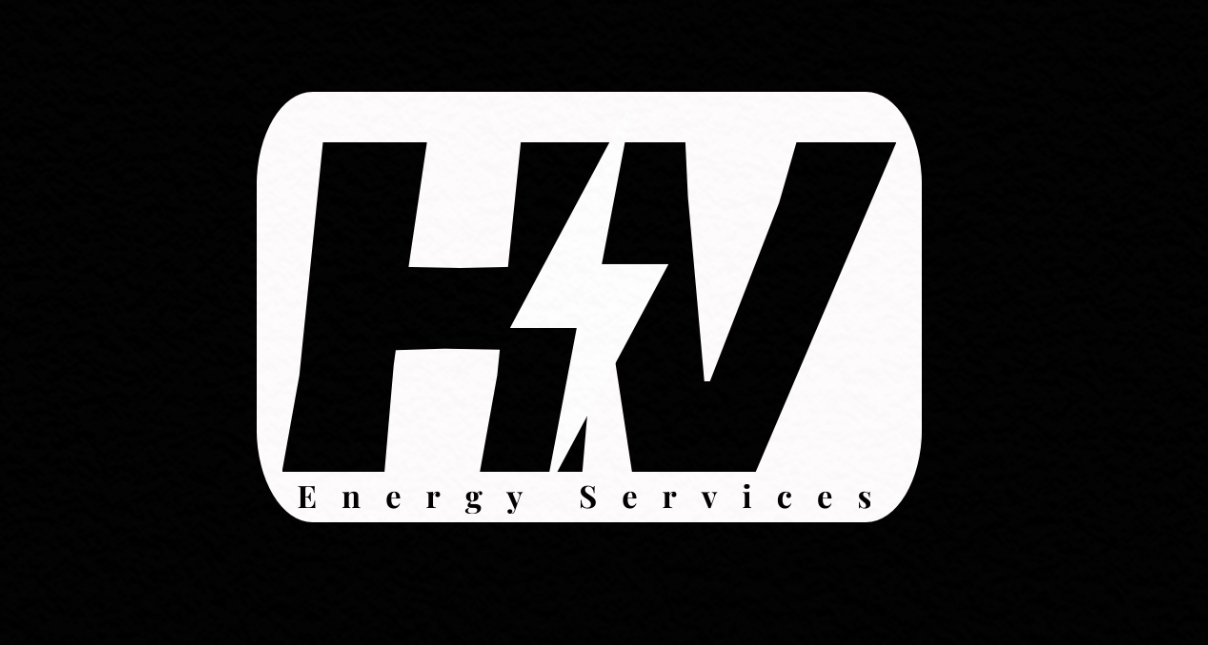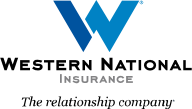Title Page
-
Conducted on
-
Prepared by
-
Who is the Client?
-
What is the Job Name &/or Number?
-
Location
-
Crew members onsite?
-
Safety Inspection conducted with what member of the crew?
Housekeeping
-
All trip hazards are identified with channelizers, barricades, and caution tape.
-
No accumulation of trash or debris on job site.
-
Equipment and Trucks are cleaned before leaving jobsite.
-
Was a tool box talk completed this week?
-
What was the topic?
-
Who is the OSHA defined competent person onsite?
Personal Protective Equipment (PPE)
-
Is all required PPE available for employees?
-
Are employees wearing proper PPE? This should include at a minimum work boots, long pants, sleeves, high visibility outer layer.
-
Is there a stocked and current First Aid Kit onsite?
-
Does this project require hard hat, safety glasses or gloves?
-
Are employees wearing required PPE?
-
Does this project require respirators?
-
Are respirators available for employees?
-
Have employees been fit tested?
-
Are employees wearing respirators when required?
Heat Stress
-
Is adequate drinking water available?
-
Are employees taking breaks as appropriate?
-
Is the heaviest work scheduled for the coolest part of the day if possible?
Hazard Communication
-
SDS book is available
-
A minimum number of buckets or containers are onsite and labeled properly.
Material Handling
-
Material handling equipment is used as much as possible.
-
Job rotation used where appropriate and when possible.
-
Employees are bending at the knees and using team lifts.
Fire Prevention
-
Fuels are stored in OSHA approved containers.
-
Proper sized fire extinguishers are available.
-
Has the fire extinguisher been inspected in the last 12 months?
Tools & Equipment
-
Any power tools onsite have been inspected and are in good working condition.
-
Lockout Tagout has been used where appropriate.
-
All Heavy equipment has been inspected and in good working condition.
-
What equipment is onsite?
-
Backup alarms are operable?
-
Where do you report equipment maintenance if it is not an emergency?
Equipment Operation
-
Equipment is being operated in a safe manner and at a safe speed.
-
Heavy equipment operator is wearing a seat belt.
-
Overhead power lines are identified.
-
No riders on equipment unless designed for passengers.
-
3 point contact rule is being followed. No jumping from vehicles.
Excavations
-
Are we excavating (digging) ?
-
Were utilities located? Can we provide documentation for proof?
-
Trenches deeper than 4 feet are properly sloped or benched.
-
Spoils pile is at least 2 feet from edge of excavation.
-
A proper ladder is provided for entry and exit of excavation if required.
Traffic Control
-
Taffic control devices onsite are appropriate and operating.
-
If required, Flagman is highly visible and paying attention.
Fall Protection
-
Is anyone working higher than 4 feet off the ground? Do we need fall protection?
-
Handrails and barricades are in place.
-
Toe boards are in place where required.
-
Scaffolding is in place where required.
-
All exits are clearly marked.












